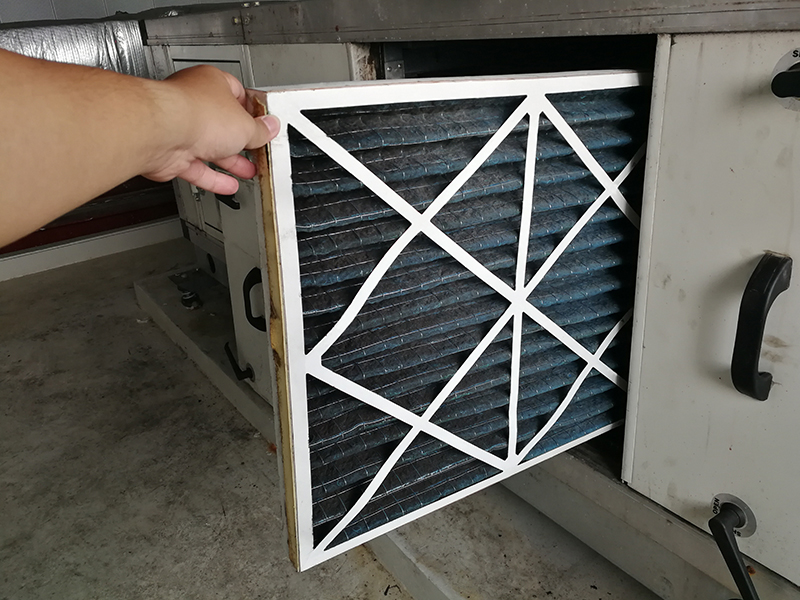Learn more about the MERV and MPR rating systems for HEPA filters. Explore how each rating system is commonly used and which is right for your home.
One of the primary causes of indoor air quality is reducing or removing pollutants. This is why choosing the proper air filter for your home and replacing it regularly is vitally important.
Understanding MERV and MPR Ratings
The Minimum Efficiency Reporting Value (MERV) and the Microparticle Performance Rating (MPR) are two widely used rating systems used to rate the filtration capacity of home and commercial air filters.
The MERV rating system rates an air filter’s capability to capture air pollutants and particles. MERV ratings range between 1 and 20. When a MERV rating runs high, this means that the air filter has a high ability to capture particles. However, when an air filter is rated too high (13 or above), this could mean the filter is blocking airflow and reducing the efficiency of your HVAC system.
The MPR rating system measures an air filter’s capability to capture air particles smaller than 1 micron. This rating scale ranges from 300 MPR to 2800 MPR, and a higher number means the filter can catch finer particles.
Each rating system has its own advantages. While the MERV rating system is the most widely used, it is important to know the differences so that you can make the right decision for your home.
Which Rating is Right for Your Home?
When determining what air filter to use, consider factors such as the size of your home, allergy sensitivities, and HVAC system compatibility. To choose the right air filter, you should be aware of the types of MERV air filters. MERV air filters come in various strengths. For instance, MERV 8 air filters filter out around 90% of particles, while MERV 13 filters can filter out around 98%.
When using the MPR rating system, you should be aware that an MPR 600 is equivalent to a MERV rating 8, while an MPR of 2200 or higher is equivalent to a MERV rating 13. A higher rating means that it can capture smaller air particles. The higher the number, the more effectively the filter will perform.
The American Society of Heating, Refrigeration, and Air Conditioner Engineers (ASHARE) recommends a minimum MERV rating of 6, but many homeowners choose an 8 rating.
Importance of High-Quality Air Filters
A good air filter helps to reduce allergens in the air. It can also increase HVAC efficiency by trapping particles, which can also extend the lifespan of your HVAC system.
A common misconception about air filters is that they are all the same. However, they can be very different. Doing your homework will be important in choosing the right one to fit your needs.
Where to Buy and How to Replace Filters
You can easily find high-quality air filters at any major supplier, such as Amazon, Walmart, Lowes, or Home Depot. Many local chains or stores also carry them.
To change your air filter, turn off the power supply. Then, remove your old filter. Ensure that the size of your new filter matches your old one. Insert your new filter with the arrows facing inward. You will want to replace your filter every three months.
Conclusion
The MERV and MPR rating systems are two popular ways to measure air filter capabilities. While the MERV rating system is more widely used in the industry, they both have advantages that can help keep the air in your home clean.
It is important to make informed decisions about which air filter to purchase for your HVAC system. If you require professional maintenance or have any questions, contact Ardmore Fresh Air today to get the help and service you need.

